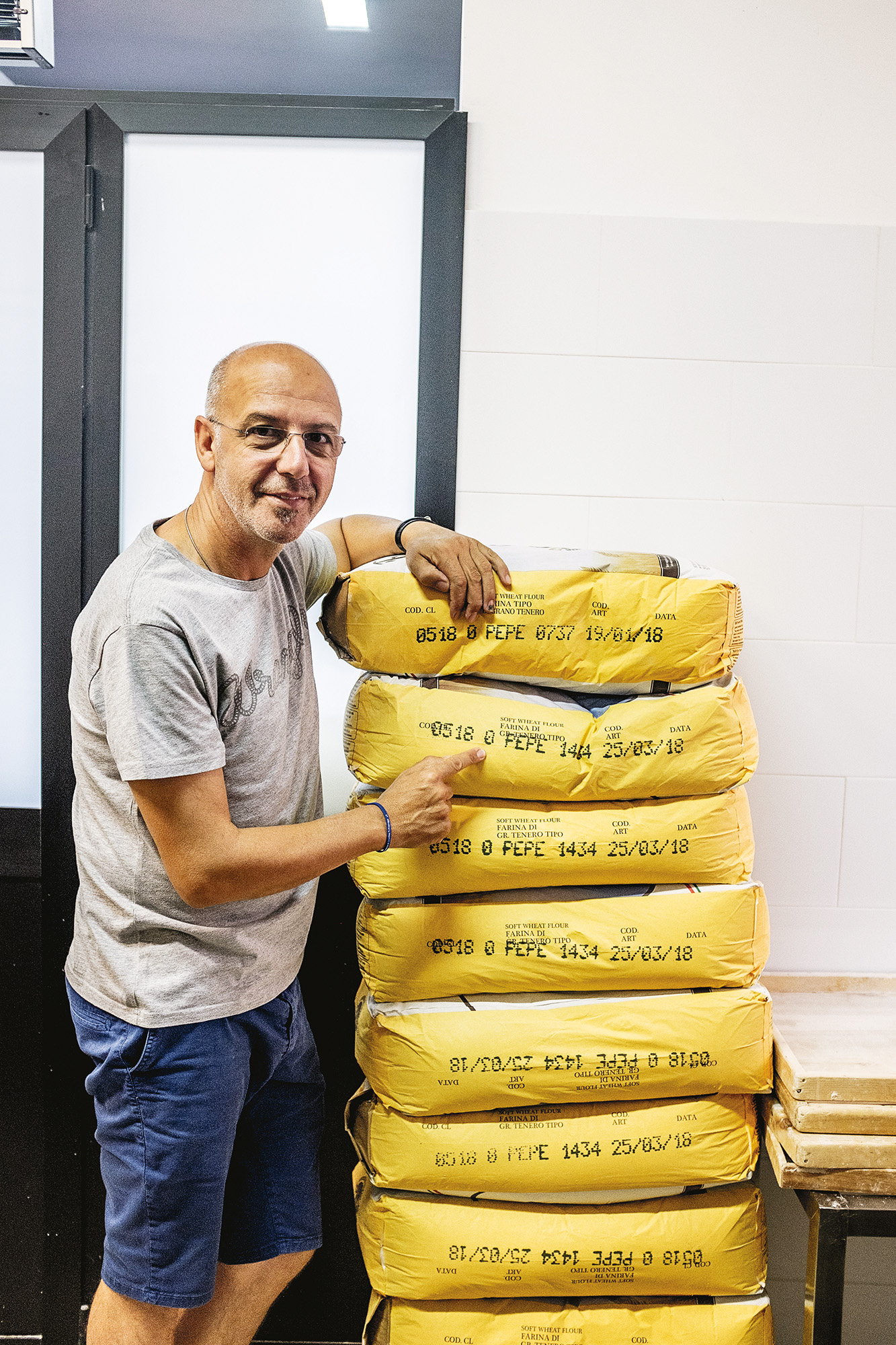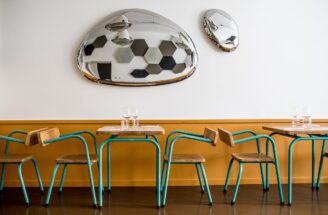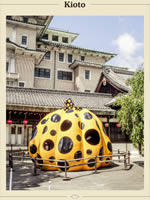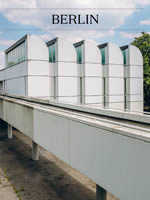On one hot summer day, we set on a journey to Naples. It is high time to discover the taste of the best Italian pizza. For several days, we engaged in a frenzied marathon of tracking and trying pizzas in both the oldest and the brand new fashionable pizzerias in the city. We ate typical Neapolitana pies with puffy edges and classic ingredients on top, baked in massive ovens. Italians don’t like to experiment. I has to be as it has always been. Tomato sauce and mozzarella are the base and, ideally, one more ingredient: anchovies, capers, meat or eggplant. We ate, and we ate, and we ate, and or bodies were getting alarmingly rounded. Although all the Neapolitan pizzas we were trying were solid, none of them was stunning. And this is when we learned about Pepe.
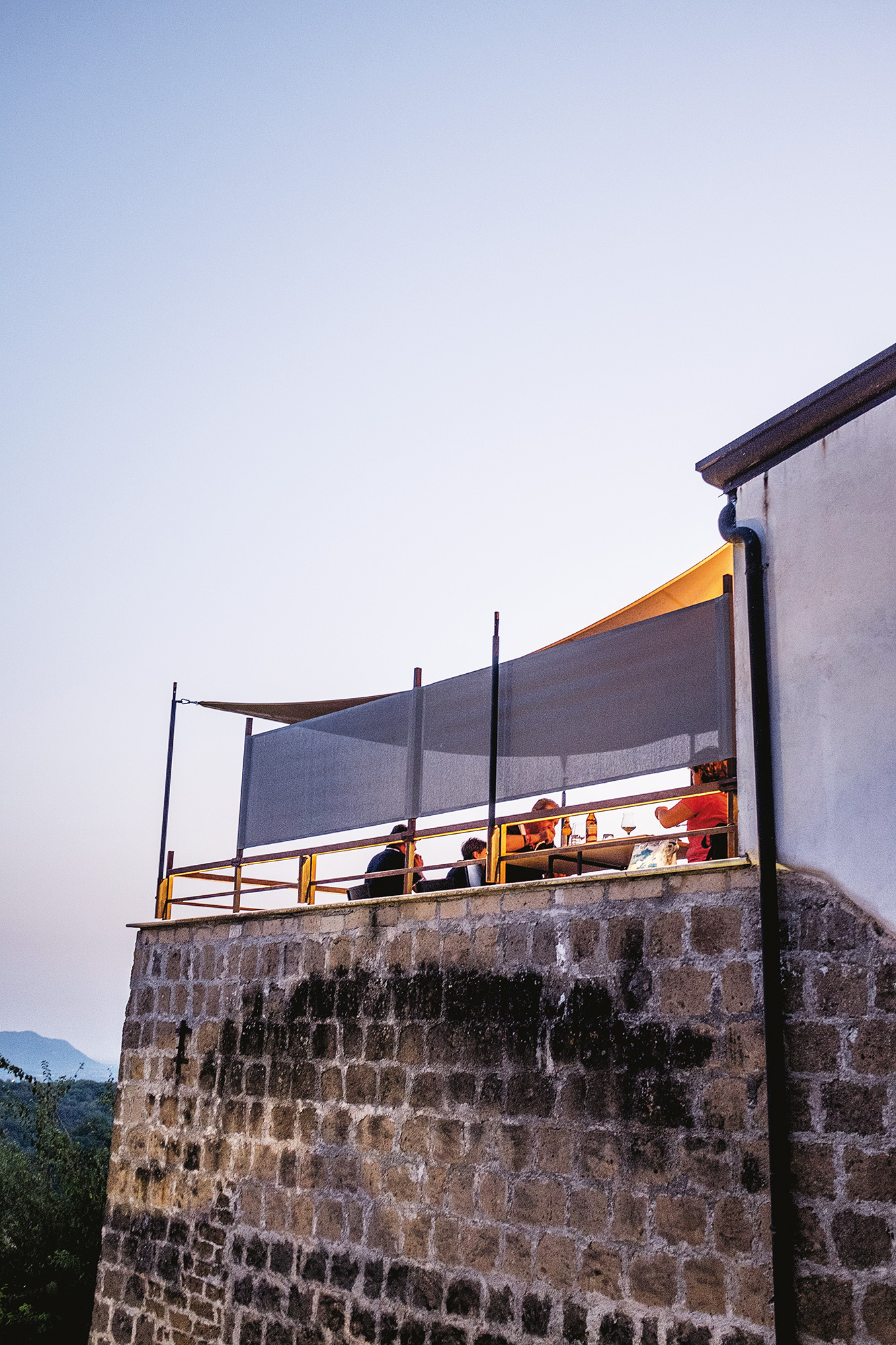
Loads of Olive Oil
Caiazzo, a small town north of Naples. Life goes slowly by, the streets are almost empty, apart from a couple of elderly men sitting on a bench and discussing for hours. There are no lakes, no river, and no big business. No wonder, already a dozen years ago young people started leaving the town for big cities. Caiazzo became deserted. There is one place, one street, though, that becomes very lively in the evenings. It is the narrow Vicolo S. Giovanni Battista lined with old tenements houses. It is there that the restaurant Pepe in Grani (eng. Pepe in Grain) is located. It was founded in 2012 by Pepe Franco, the son of a local pizzaiolo, and grandson of a baker from the region. The whole Caiazzo might be sullen and deserted but in front of this restaurant there are bustling crowds every day, who hope they will eat a slice of Pepe’s fantastic pizza. Pepe in Grani was acclaimed as the best pizzeria in Italy or even in the world. It was featured in an episode of the series Ugly Delicious dedicated to pizza. Luckily, despite all this fame, it is not a problem to book there a table, even for the next day. We also managed to arrange an interview with Pepe. He welcomed us very warmly. It looks like he still enjoys meeting and talking with his guests. He runs around the two levels of the restaurant the entire evening, chatting with his regular customers with typically Italian expressiveness. He helps to tackle the crowd at the entrance, where the queue of people is growing hour by hour and disappears only on the horizon of the next street. – Don’t worry, all of these people will be eating tonight at my place – Pepe calms us down. Indeed, the staff works like a well-oiled mechanism. Each day the restaurant serves around 600 people. The guests order, the pizzas land on the tables, sommeliers suggest wines, and, in a special room, Pepe offers wine pairing with a dozen selected pizza slices. He proudly presents a large round table in the VIP room where, through the glass table top, you can see the fire in the pizza oven located on the lower floor. On the walls in one of the room upstairs they screen a live-from-the-kitchen streaming so that each guest can, at least symbolically, have a look at how the pizzas are being made.
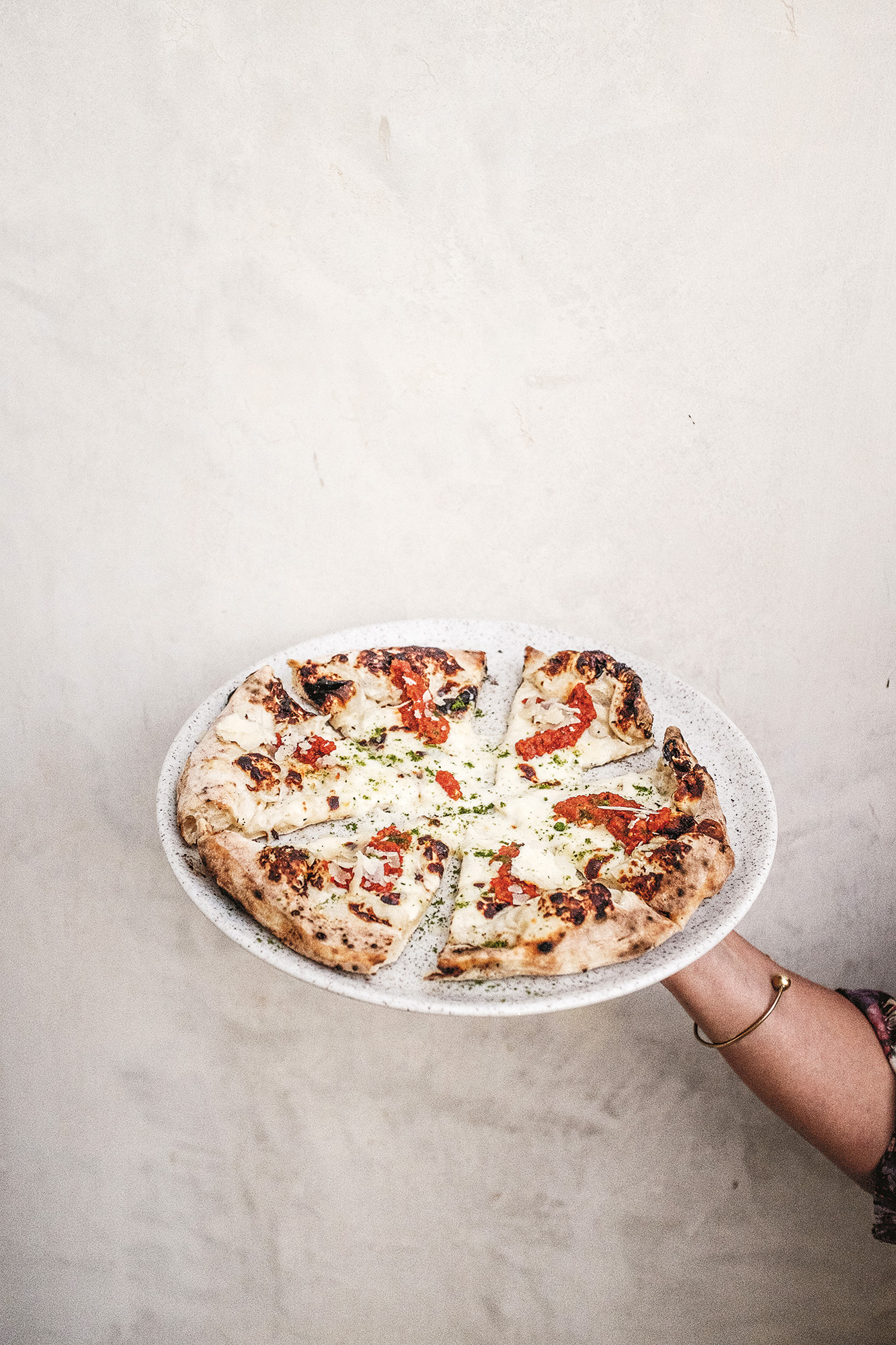
Wrestling with the Dough
Next day in the morning, we are meeting with Pepe for coffee. We are sitting in his office with his translator. The phone keeps ringing – more and more guests are trying to make their reservation for the evening. Despite that, Pepe calmly answers our questions. We want to discover the secret of his pizza, we ask him about the process. – Everything matters: the ingredients, the technique, the oven, the temperature. There is nothing mysterious about the recipe for the dough. It is just flour, water, salt and sourdough – Pepe laughs and after a while adds – My grandfather was a baker and my father was a pizzaiolo. I spent my entire childhood in a pizzeria. I must tell you, I hated it. I had to escape it, run away as far as I could. I decided to become a gymnastics teacher. In the morning, I would teach at school, which was amazing, but then in the evening I had to help my father anyway. It was the worst part of the day. One day, I decided I wat to do something for this town and for the people in the area. I came to terms with my past, with the tradition, with my family. It was then that the idea to create Pepe in Grani was born. Pepe’s father used three different types of flour to make pizza. Pepe decided to re-create the archaic variety of wheat Autonomia. A grain, which had grown in the region in the past and disappeared in the 1970s. The chef convinced the local farmers to sow it again. And this grain is the base of his pizza. In his warehouse he proudly presented custom-made sacks of flour, made specially for him, with his name on the package. The room next door is dedicated to rising. In massive wooden cases, there is dough rising throughout the night. Before that, Pepe kneads it by hand. He does not use a kitchen robot like in most modern pizzerias but a special wooden container, in Italian called madia. He believes that a good pizzaiolo organoleptically senses the moisture and elasticity of the dough. No machine can do that! The perfection is guaranteed by senses, intuition and experience of the master. Pepe wants to stay close to the tradition. First, he decided he would make the pizza from the local ingredients solely, provided by farms located no farther than 50 km from the restaurant. This is how his father used to work. Pepe appreciates the contact with local suppliers. He is aware that only by working with them closely and visiting them regularly, can he provide the highest quality at his restaurant.
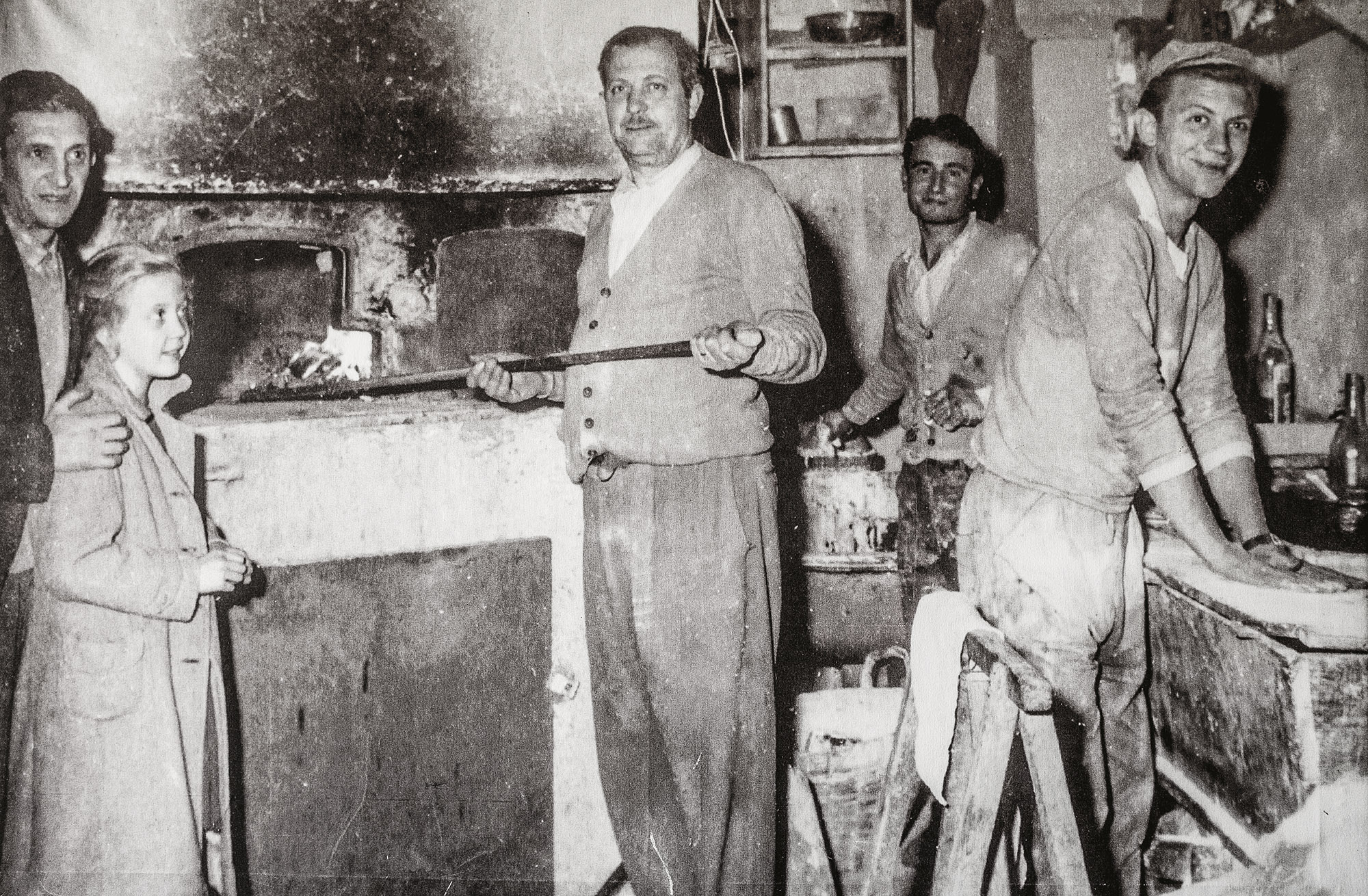
Experiment and Tradition
No wonder that Pepe in Grani is one of the favourite places of Slow Food. This place perfectly represents the ideals of Slow Food’s founder Carlo Petrini. A huge snail decorates the menu of the restaurant. Inside you will find classic pizzas: marinara, margherita, boscaiola or porcini. There are also fried ones – calzone and montanara – as well as Pepe’s personal ideas, e.g. scarpetta with cream from a 13-month-old grana padano, mozzarella di bufala, tomatos, lyophilised basil and olive oil. There is also the famous deconstructed margherita – margherita sabaudia (the bad margherita). The sweet tomato sauce isn’t spread all over the dough as in the classic version; instead, there is a line of sauce across the pizza with drops of aromatic basil pesto.
We especially loved cono ciro – deep fried little pizza dough cones stuffed with melted 12 month-old Grana Padano, rocket pesto, and black olive powder. They are cut in halves and served in tiny metal cups. This is an excellent starter, just delicious! Soft and crunchy dough, melted cheese and fantastic ingredients. Simple and refined at the same time. We ate them on the terrace of the restaurant overlooking nearby houses and sun setting behind the hills. A simple table, a glass of wine and the best pizza in the world. What else could you wish for? We came back to Pepe’s restaurant two more times during the same trip. Each time welcomed with smile and excellent service. During the second visit, we were introduced to Stefano, the son of Pepe, who recently started working with his father. As we sat and talked, suddenly a phone rang – I need to take it! It’s Mamma! – smiles the chef. Family, good food, kind-hearted people – these are still the key ingredients of the Italian life.
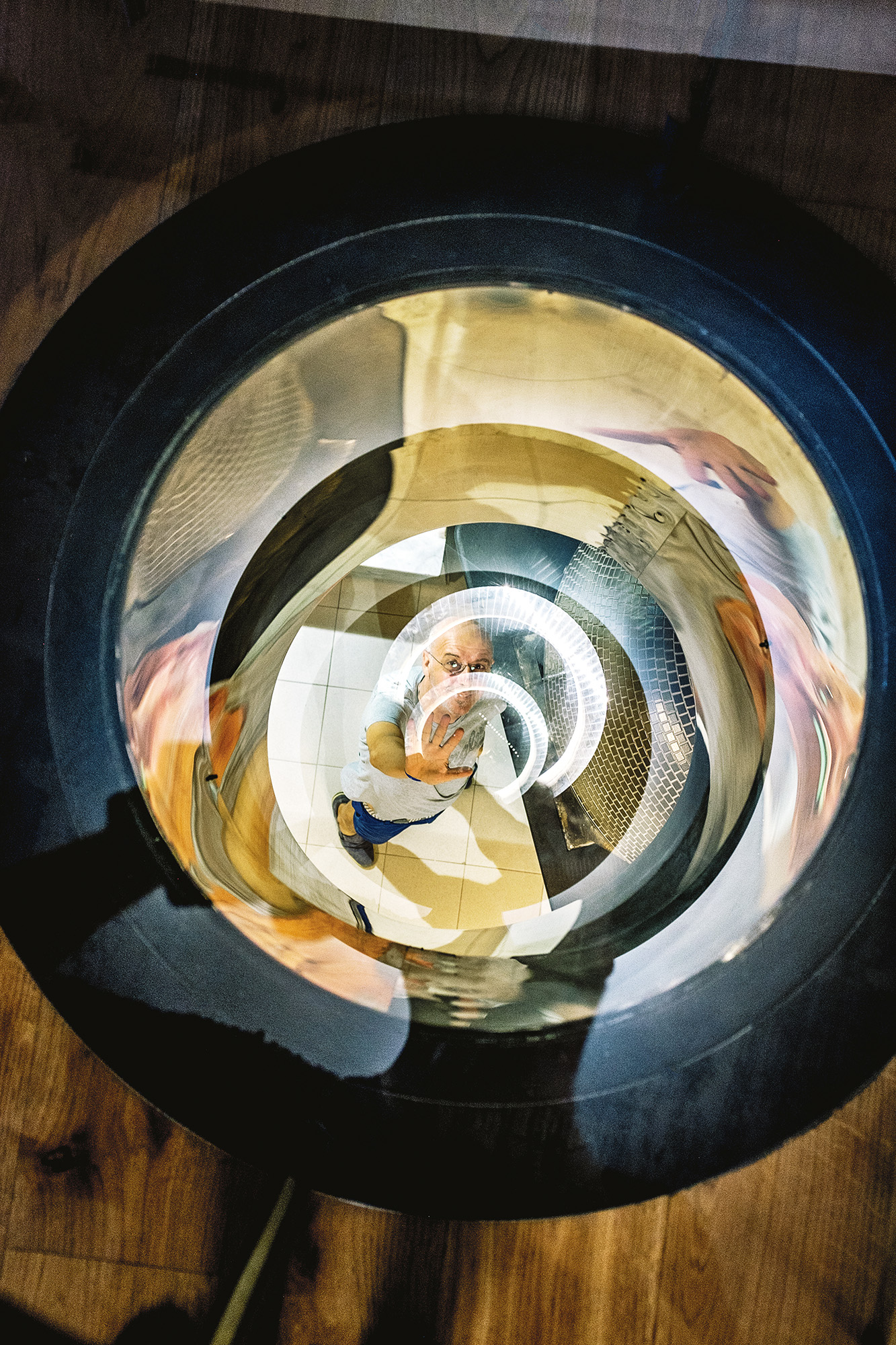
Above the restaurant there are apartments for rent, you can book a room and stay overnight.
Pepe in Grani
Vicolo S. Giovanni Battista 3,
Text: Monika Brzywczy, photos: Krzysztof Kozanowski
Share this entry on Facebook or copy link